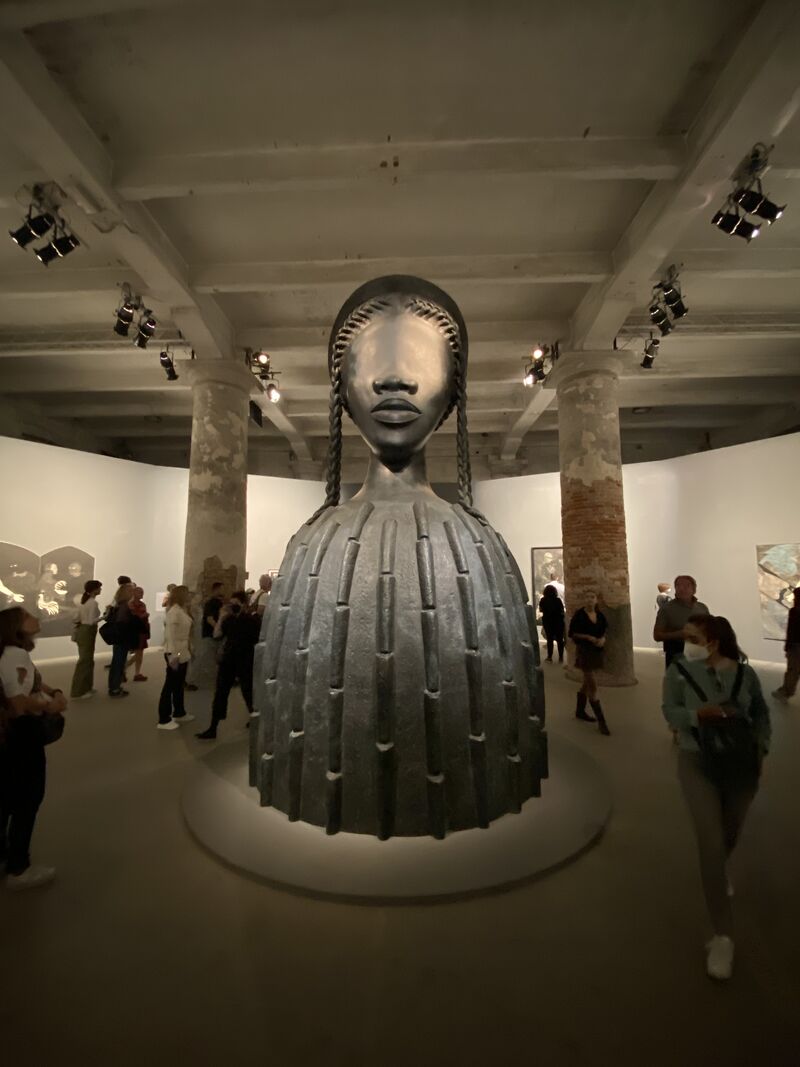There is a lot to do about #toxicleadership. Inspired by the public behavior of Elon Musk and the never-ending stream of reports on bad behavior by people in powerful positions.
Toxic #leadership occurs when people have a disposition for “bad behavior” and when the context tolerates it.
Toxic leadership can effectively obtain organizational outcomes (“fast results”), but it always damages people’s dignity. Toxic leadership is destructive.
Image
——
Leaders who engage in toxic behaviors are often well-perceived by those who decide on nominations and promotions. That is because they exhibit self-confidence, ambition, perseverance, charm, persuasion, and charisma. They have a reputation for getting things done.
And that is attractive.
It’s also attractive to some people who want to associate with powerful people. These “collaborators” will reinforce and often copy those behaviors. And, of course, some people go along because they do not have the energy or courage to stand up against those who engage in toxic behavior. People who resist toxic leaders are often the target of even more destructive behavior and end up at the losing end.
Motives
——–
To understand how toxic leaders go about, we need to look at the often implicit motives of people. These people are power-driven and want to dominate. They have no intention of serving others. They are selfish, mischievous, bold, colorful, and imaginative.
In volatile and uncertain environments, these leaders seem to emerge as saviors because they know how to solve the issues (let’s build a wall) and can voice their opinion. It happens in organizations, and it happens in politics.
Leaders at the top
——————
Leaders at the top need to be aware that their behavior is copied. They must adopt the highest standards of leadership intent. It does not mean they need to be perfect, they need to be exemplary.
They must consider the effect toxic leadership has on trust. Trustworthiness is a matter of competence, loyalty, and integrity. Toxic leaders are often smart and competent but lack loyalty toward their team and do not adopt high ethical standards.
Actions
——–
So, we must avoid having these leaders in our organizations through thorough selection. We need to scan for and detect bad behavior continuously. We need to show support for those who resist and report these bad leaders. And we must show compassion for those who are their victims.
And please, act swiftly when there is bad leadership behavior. Toxic leaders should not get away with it.
Only then can leadership be sustainable.
Let’s build a #brickhouse.
#sustainableleadership
—-
This picture was taken at the Venice Biennale Art Exhibition on October 30th. The statue by Simone Leigh is called “brick house”. The title comes from the term for a strong Black woman who stands with the strength, endurance, and integrity of a house made of bricks.
Original Post
First Published on Linkedin https://www.linkedin.com/posts/davidducheyne_toxicleadership-leadership-brickhouse-activity-7003283166887092225-k7kq?utm_source=share&utm_medium=member_desktop

